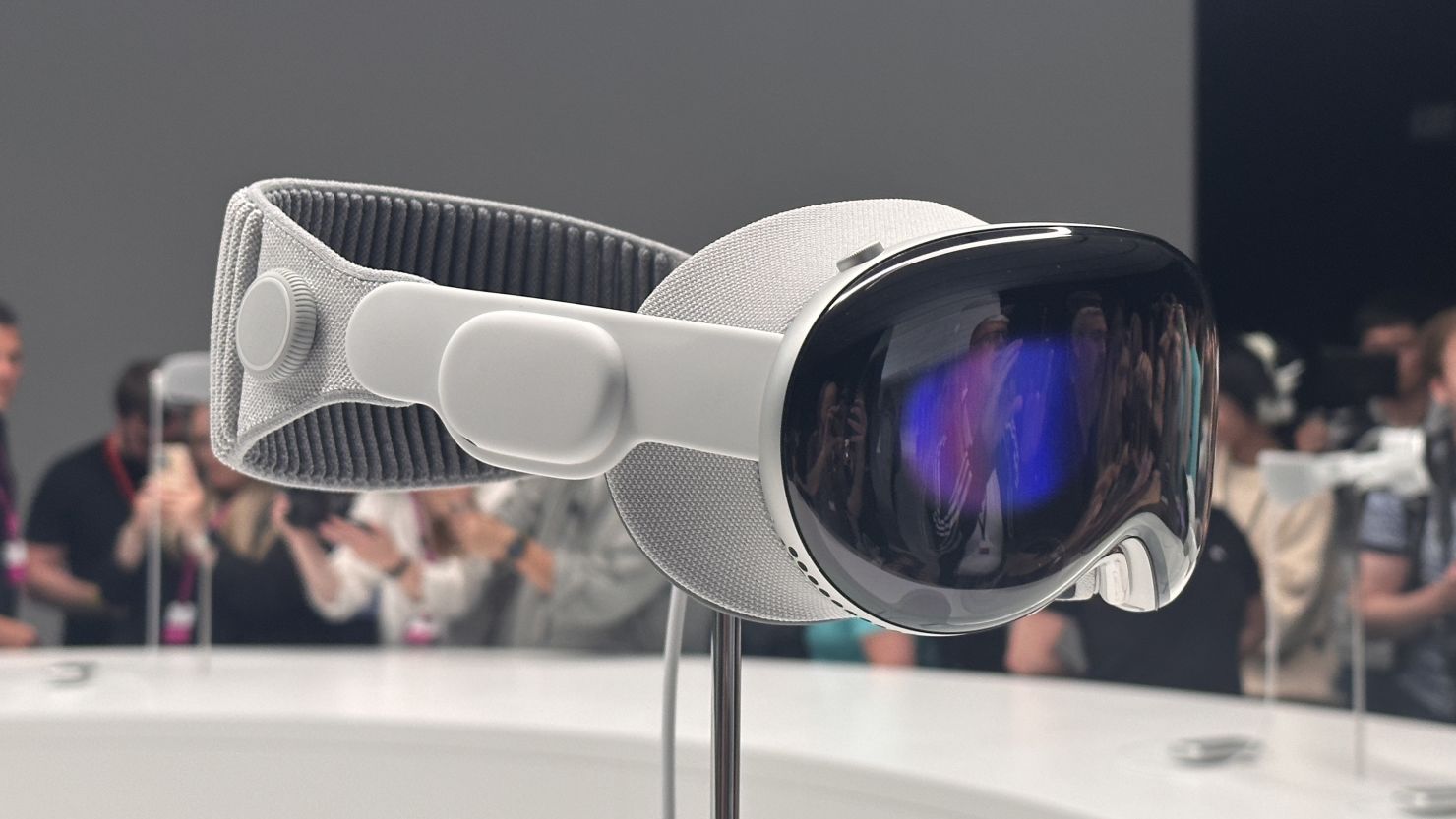In 2013, there was a lot of excitement in the tech world when Google unveiled a concept video showcasing a person navigating Manhattan using a device called Google Glass. This wearable, priced at $1,500, resembled glasses and projected digital information like texts and maps in front of the user’s eyes, eliminating the need for a traditional phone.
Fast forward to 2024, and Apple has stepped into the mixed reality realm with its Vision Pro headset, set to launch on February 2. Priced at $3,500, the headset boasts 12 cameras, a LiDAR sensor, six microphones, and a TrueDepth camera. What sets it apart is the real-time passthrough video feature, allowing wearers to see their surroundings while immersed in the virtual experience. Unlike Google Glass, the Apple Vision Pro transforms the real world into a virtual one, featuring two 4K micro-OLED screens with a resolution of 23 million pixels.
Despite its advanced technology, a study from Stanford’s Virtual Human Interaction Lab raises concerns about the psychological effects of prolonged headset use. Participants, including users of the Apple Vision Pro, reported challenges like distorted perceptions of objects and underestimation of distances, affecting daily activities such as eating with utensils and walking. Socially, users felt self-conscious and described a sense of “social absence,” making interactions with strangers while wearing the headset awkward.
Experts caution against continuous use of mixed reality devices and suggest specific applications, such as firefighter training or rehabilitation, rather than general tasks like checking emails or watching movies.
As Apple ventures into the mixed reality landscape, questions linger about the potential impact on daily life. While the Apple Vision Pro showcases impressive design, concerns about societal acceptance, psychological adaptation, and the isolating effects of extended use underline the experimental nature of mixed reality technology. The success of such devices hinges on ongoing research, hardware improvements, and how society embraces this transformative technology.















































